Two panels from a polyptych that were thought to have been lost for more than two centuries have been found and now join the complex of which they were part. It happens in Germany, in Lübeck, where the St. Annen Museum unveiled on July 31 the two panels, which were part of the polyptych of Mary Magdalene, a 16th-century work by Erhard Altdorfer (Regensburg, c. 1480-Schwerin, 1561)--the two panels thus regain their original locations , and the St. Annen-Museum expands its collection with two particularly important paintings from the work of Erhart Altdorfer.
The return was possible thanks to the support of the Kulturstiftung der Länder, or Cultural Foundation of the German states, the Ernst von Siemens Art Foundation, the Possehl Foundation, the Friedrich Bluhme and Else Jepsen Foundation, the Verein der Freunde der Museen für Kunst- und Kulturgeschichte der Hansestadt Lübeck (Association of Friends of the Museums of Art and Cultural History of the Hanseatic City of Lübeck) and numerous committed private donors. The museum calls the operation “a unique opportunity.”
The two panels are part of the left compartment of the Mary Magdalene altarpiece, one of the most important works to be found in Lübeck. Commissioned in 1519 by the tailors’ guild for Lübeck’s Burgkirche, the city’s church, it is a work of art that mixes sculpture and painting, with fine wood carvings on which are set exquisite panel paintings. The recently acquired panels depict two episodes from the life of Mary Magdalene in vivid and carefully composed scenes: her arrival in Marseille and the conversion of a pair of princes.
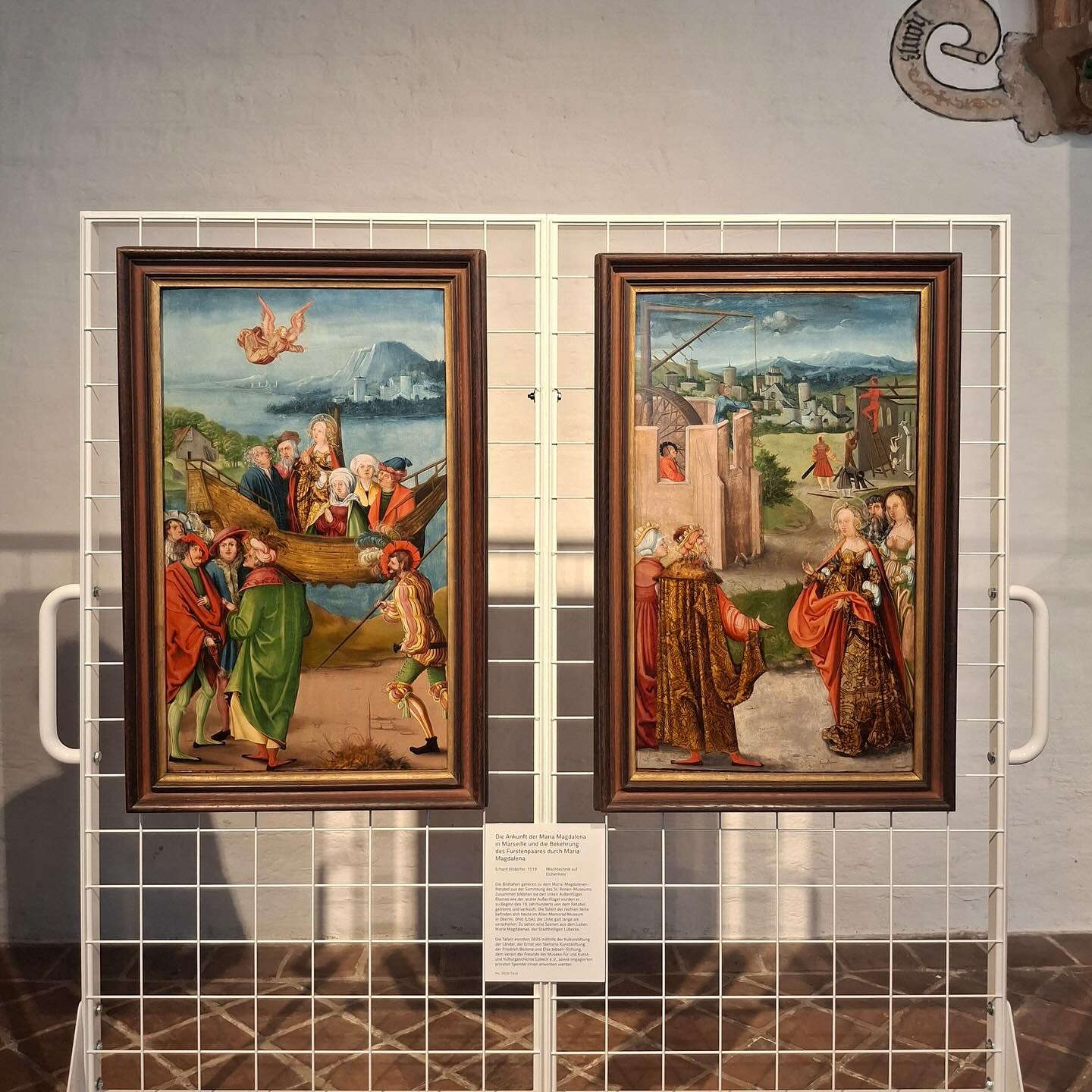
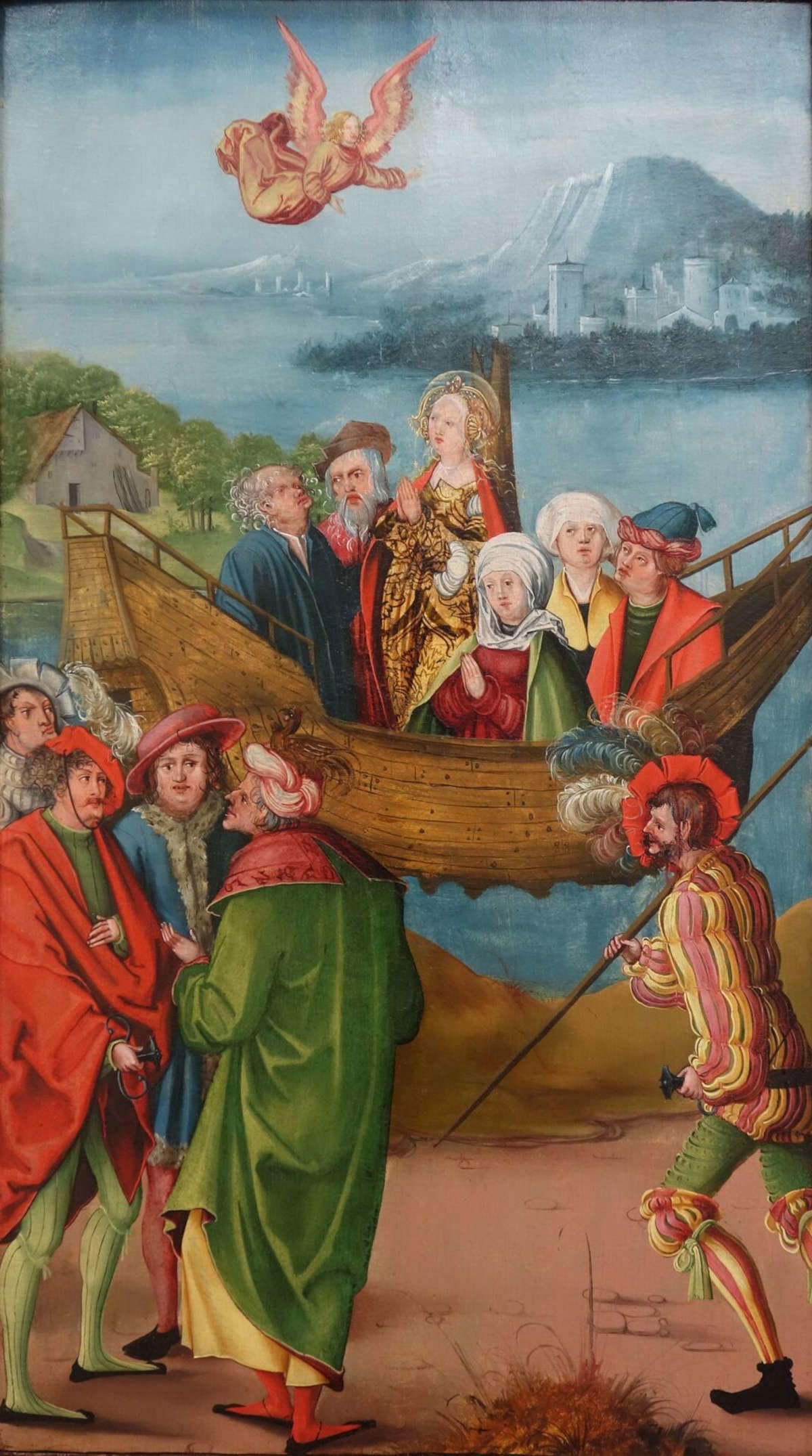
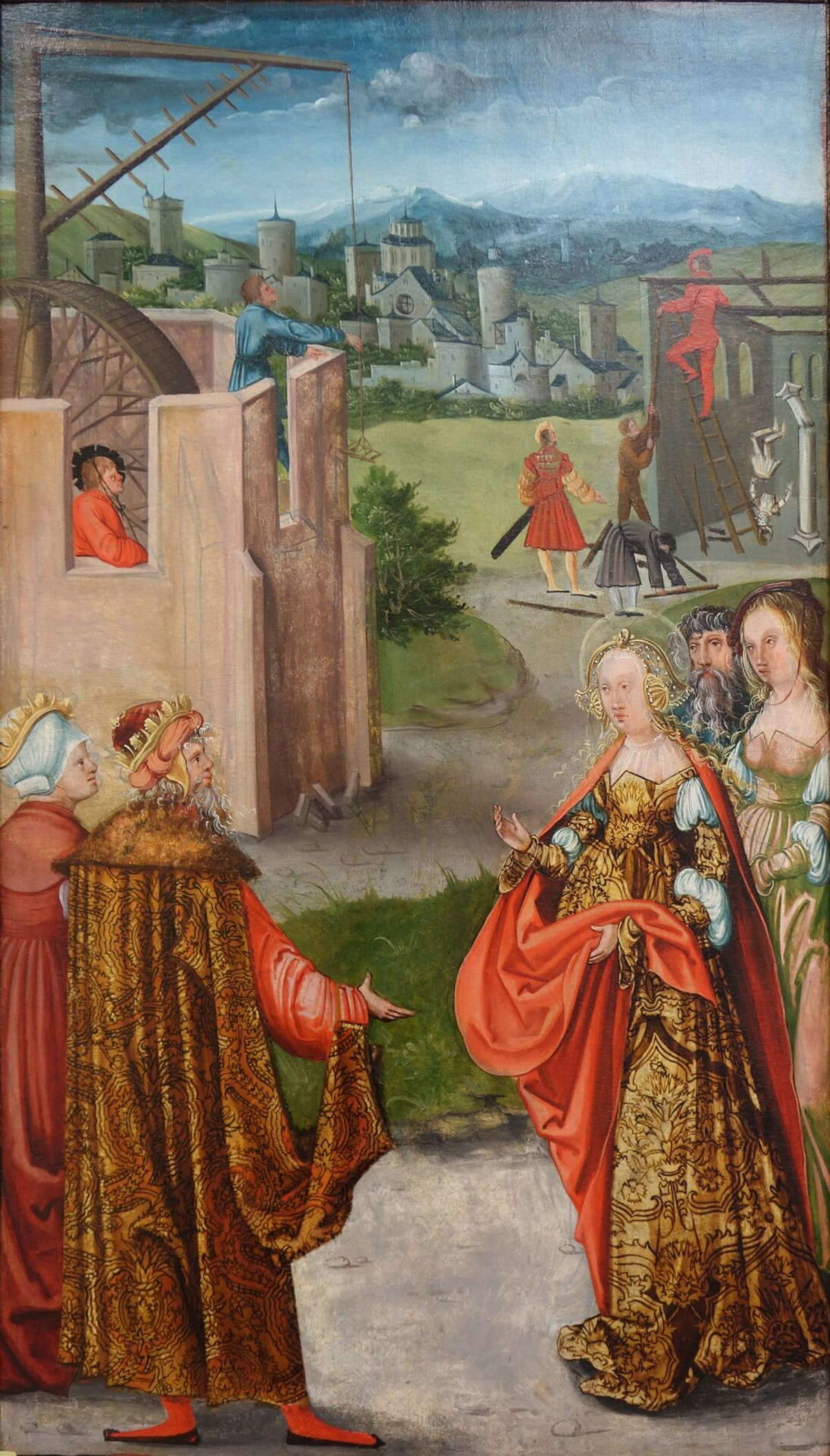
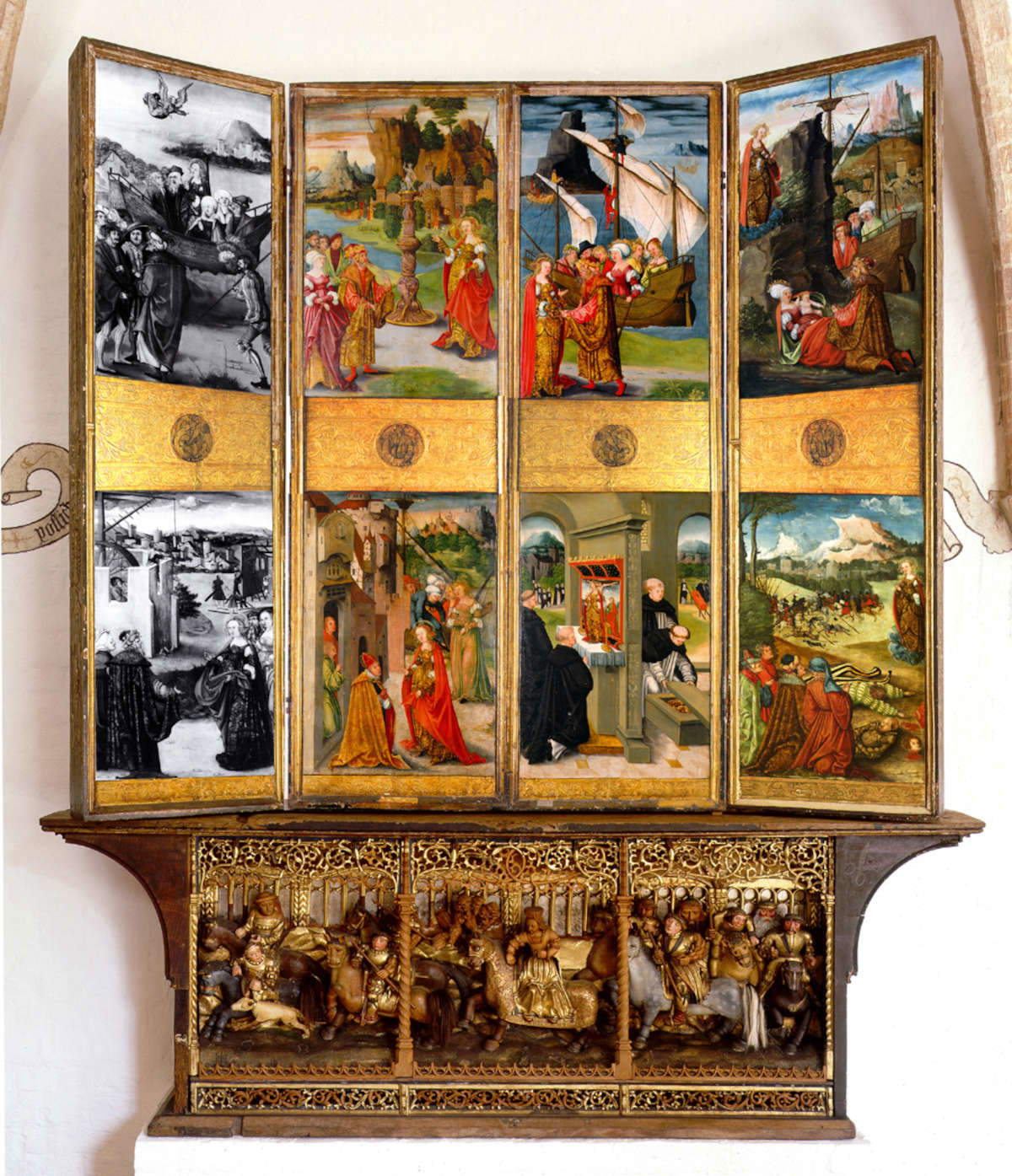

The two missing pieces of the polyptych had been put up for sale on the market in 2024: consequently, it was not difficult for the museum to track them down and get them back, and thus give greater completeness to the work that has been paying homage to the patron saint of the Hanseatic city for more than five hundred years, which is particularly linked to Mary Magdalene: according to legend, in fact, the saint helped the Hanseatic League win the Battle of Bornhöved in 1227, thus ending Danish rule.
According to the museum, the altar consisted of eight panels in total. Six of these are now on display again at the St. Annen Museum, while the two missing ones are in the United States, at the Allen Memorial Art Museum in Ohio.
The polyptych remained in the Burgkirche until 1819, when it was demolished due to decay. However, the altarpiece had already been moved a year earlier to the upper choir of St. Catherine’s Church in Lübeck, the city’s first temporary museum. Since 1840, the Mary Magdalene polyptych has been listed in the collection of what is now the St. Annen Museum under inventory numbers 18 (side dossal) and 19 (predella). Shortly before, the side panels were presumably separated from the main work, sawed into pieces and placed on the art market. As of 1941, the two panels in the right compartment are in the possession, as mentioned, of the Allen Memorial Art Museum in Oberlin.
The recovered paintings depict two episodes from the legend of Mary Magdalene, painted in eight panels: her arrival in Marseilles and the conversion of a pair of princes. These are central motifs of an apocryphal narrative describing the saint’s life between Christ’s Ascension and her time as a hermit in Provence. The painter also painted the scene of the victory at the Battle of Bornhöved, which is visible in one of the two panels, now in Ohio, that once formed the right-hand compartment.
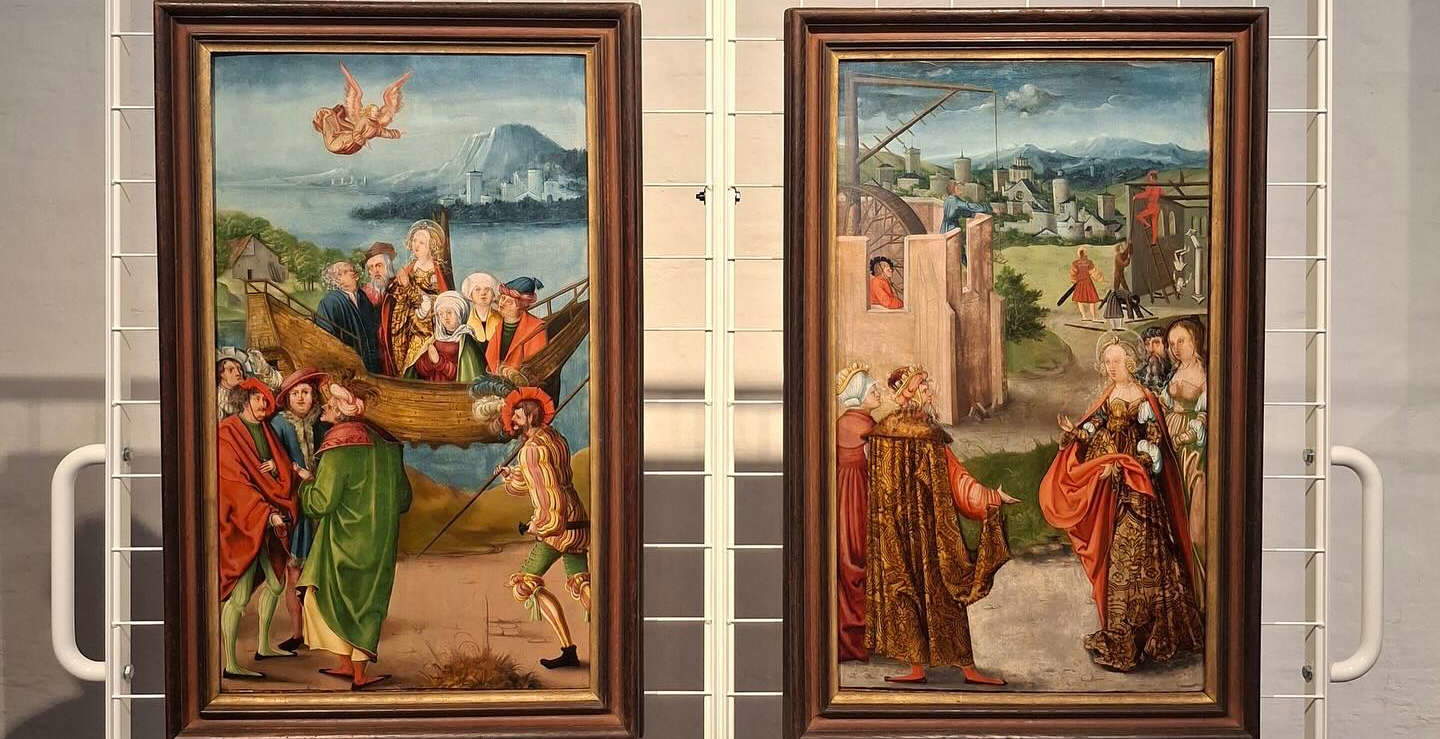 |
| Germany, Lübeck rediscovers two valuable 16th century plates thought lost for 200 years |
Warning: the translation into English of the original Italian article was created using automatic tools. We undertake to review all articles, but we do not guarantee the total absence of inaccuracies in the translation due to the program. You can find the original by clicking on the ITA button. If you find any mistake,please contact us.